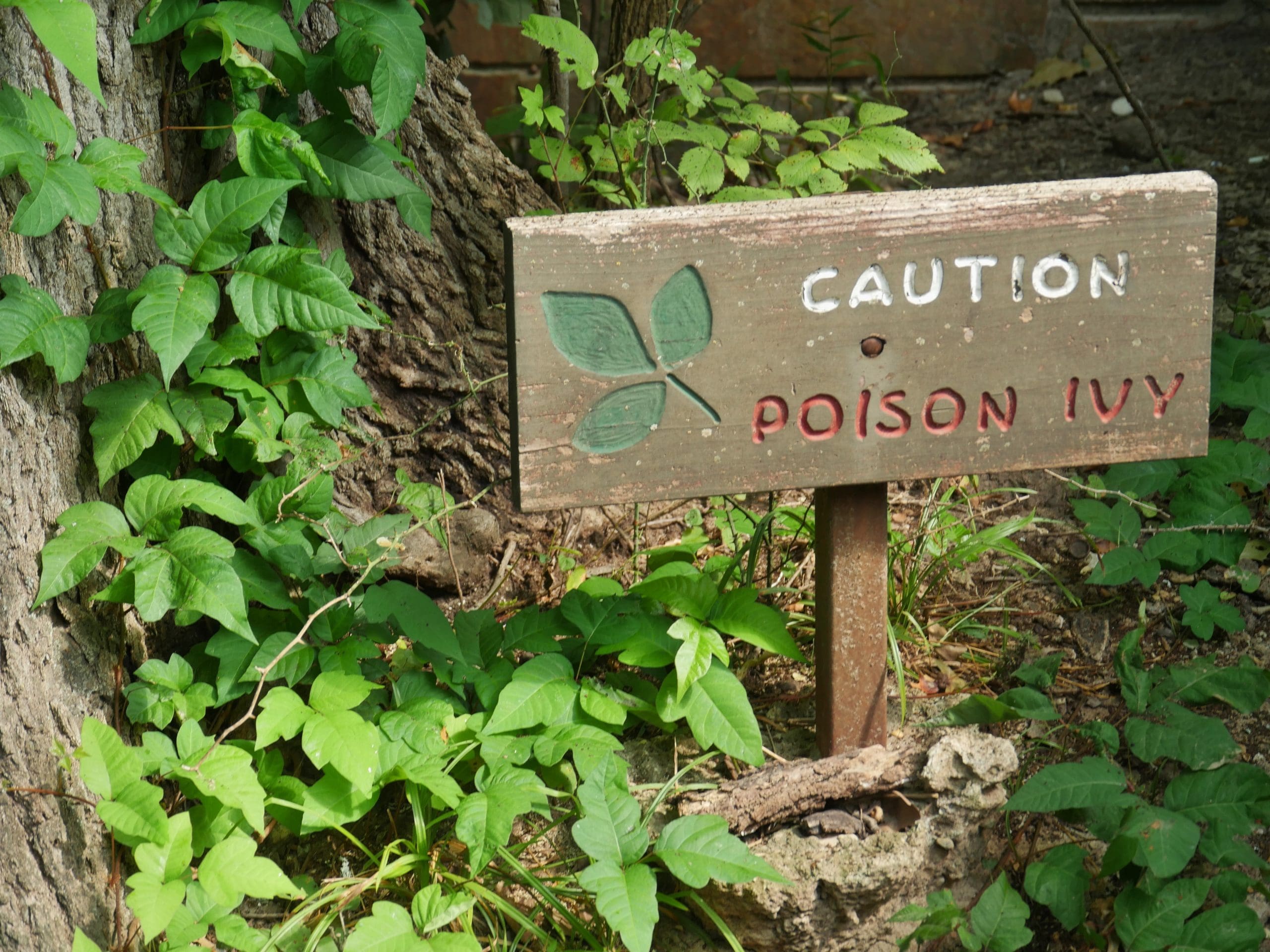
Landscape crews are far more likely to encounter poisonous plants than the general population so it’s important they know how to identify and reduce their exposure to them.
According to OSHA, 85 percent of the population develops an allergy if exposed to poison oak, poison ivy or poison sumac. Even if a worker didn’t have a reaction in the past doesn’t mean they won’t have a reaction if exposed in the future.
These plants release an oil called urushiol when bruised, damaged or burned. Symptoms of contact with poisonous plants include a red rash, bumps or weeping blisters, swelling and itching.
Workers can also be exposed to urushiol indirectly if they come in contact with tools or clothing with the oil on it. Burning these types of poisonous plants is very dangerous because the allergens can be inhaled causing lung irritation.
Poison Ivy

The common phrase “Leaves of three, let it be” is accurate for poison ivy and poison oak, but even these plants can have more than three leaves and their form can vary based on the species, environment and season.
Eastern poison ivy is a vine that has three shiny green leaves budding from one stem. These leaves turn red in the fall. Meanwhile, Western poison ivy is a low shrub with three leaves that does not form a climbing vine. It can be found in deeply wooded areas or along paths and roadways.
The most common poison ivy lookalike is Virginia creeper. This plant has five leaflets, blue-black berries and a trailing or climbing vine.
Poison Oak

Poison oak is a low-growing upright shrub, that can grow about three feet tall. It has lobed leaves, similar to some types of oak leaves.
The leaf sizes can vary considerably on the same plant. It may have yellow or green flowers and clusters or green-yellow or white berries.
Red and white mulberry trees can be mistaken for poison oak. Mulberry trees have hairy, rough leaves, while poison oak leaves are shiny and dark green.
Poison Sumac

Poison sumac is a woody shrub that contains seven to 13 leaves arranged in pairs. It can grow five to 20 feet tall. It can be found in swamps and other wet areas and forests. The leaflets are elongated ovals without serration.
The leaves are bright orange in early spring, green with scarlet midribs in the summer and then red-orange in the fall.
There are nonpoisonous sumac species that also grow in the range of poison sumac. Smooth and staghorn sumac have narrow, lance-shaped leaflets and many more leaflets that poison sumac typically. Meanwhile, dwarf sumac has fewer leaflets and a winged midrib.
First Aid
If an employee comes in contact with poisonous plants, they should immediately rinse their skin with rubbing alcohol, degreasing soap or detergent and lots of water. Remove clothing that may have come in contact with the poisonous plants.
Apply calamine lotion or hydrocortisone cream to reduce itching and blistering. Antihistamine can also be taken to relieve itching.
If an employee has a severe allergic reaction where they have difficulty breathing or swelling of the face, tongue or upper airway, notify the crew leader and seek professional medical attention.
Reducing Exposure
To lessen the risk of exposure, encourage your crews to wear gloves, long sleeve shirts, long pants and boots. Clothing that has been exposed to poisonous plants should be washed separately with hot water and detergent.
Tools that have been used on poisonous plants should be cleaned with rubbing alcohol or soap and water. Urushiol can remain active on the surface of objects for up to five years. Wear disposable gloves when cleaning these tools.
Train your team regularly on how to spot poisonous plants so they will avoid them if possible.

